Facing a bigger energy bill? Some tips on how to save electricity and money
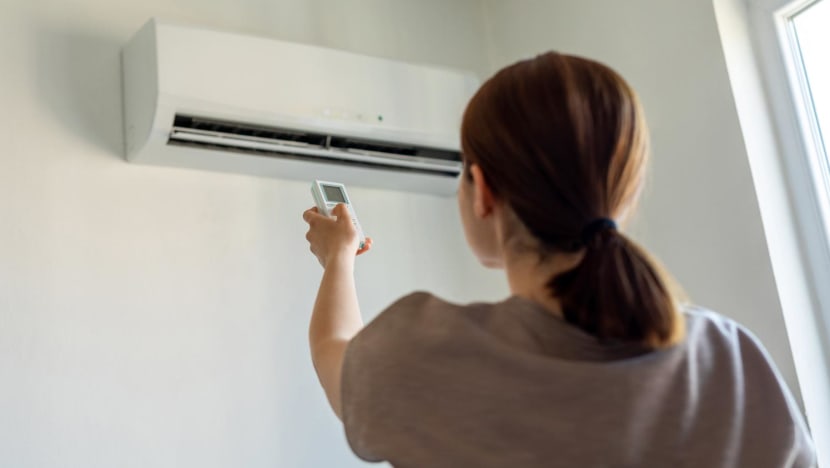
SINGAPORE: With rising energy costs due to high global oil and gas prices, your electricity bill could increase for some months yet.
SP Group announced last week that the electricity tariff for households will increase by an average of 9.8 per cent for the April to June period - the fifth consecutive quarter of increase.
Addressing the issue of inflation and rising business costs in Parliament, Second Minister for Trade and Industry Tan See Leng said it is "not tenable" for the Government to subsidise electricity consumption in Singapore.
Instead, he urged consumers to do their part and conserve energy, "just like how we conserve water".
Here are some steps you can take to reduce your electricity bill.
1. More ticks equals good picks
Consider investing in electrical appliances with a higher tick rating. The more ticks they are awarded, the more energy-efficient they are.
An appliance that uses less electricity to produce a certain output is more efficient than one that uses more energy to result in the same output. That will have a direct impact on your electricity bill.
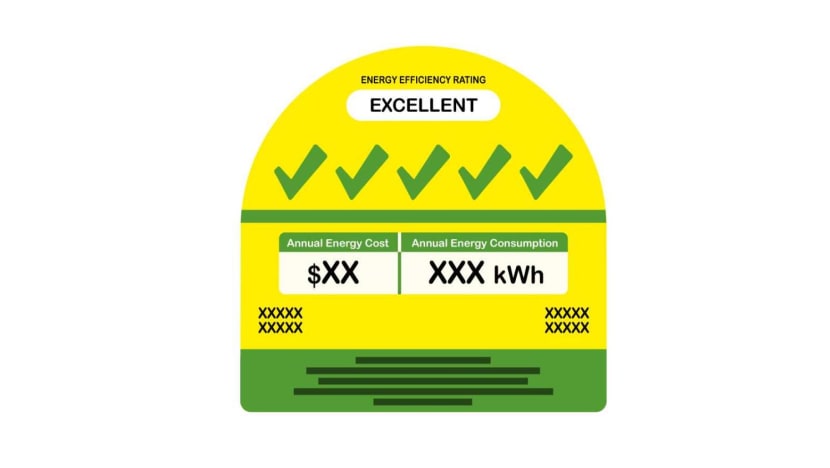
Energy-efficient models often have higher upfront costs than less efficient ones.
But a consumer is likely to spend less over time because these models have lower energy costs over their lifespan.
According to the National Environment Agency (NEA), you can save around S$260 in electricity bills a year if you buy a five-tick air-conditioner instead of one with two ticks. (This is on the assumption that a multi-split 7.5kW cooling capacity inverter air conditioner is used eight hours daily.)
And if you switch to a three-tick refrigerator from one with two ticks, you can save around S$30 a year.
The estimated amounts are based on an average energy cost of S$0.26/kWh, which means that your savings will be higher after the tariff increase.
Related:
2. Resist the temptation to overuse your air-con
One of the most common tips for saving electricity is to use the fan instead of the air-conditioner. While this is easier said than done in Singapore’s tropical climate, it remains a good move if you want to save money.
To calculate the electricity cost of operating an appliance, just multiply the electricity consumption (kWh) by the tariff rate (cents/kWh).
To estimate the electricity consumption (kWh), multiply the appliance wattage (kW or W) by the usage (number of hours).

For example, if you use a 50W ceiling fan in your bedroom for eight hours every night, your consumption is 0.4 kWh. In one month, the consumption cost would be 0.4kWh x 30 days x 30 cents/kWh = S$3.60. Annually, this would work out to about S$43.20.
In comparison, a two-tick split type air-con used for eight hours every night would usually set one back by about S$400 to S$700 a year. This amount is based on an average energy cost of S$0.27/kWh, and it would be even higher after the tariff increase.
If using only the fan is insufficient to cool down your room, one option is to leave the air-con switched on for a couple of hours, rather than for the whole night. You can opt to set the air-con's timer to help as well.
Drawing the room curtains during the hottest part of the day can also help to block out sunlight and heat, and would make it easier to cool down the room at night. Another option is to use solar screens to block incoming sunlight.
Should you use the air-con regularly, servicing the units more is another way to ensure that they work at maximum efficiency. This decreases energy consumption and could lower your electricity bill. You can also check the air filter once a month. Cleaning it will ensure that air flow is not blocked and energy is not wasted when it runs.
3. Reduce standby power
You may have heard this several times, but reducing standby power is another key step you can take to cut electricity consumption.
Appliances continue to use power whenever they are in standby mode, even if we don’t notice it. These appliances include devices such as TVs, computers, DVD players and microwave ovens.
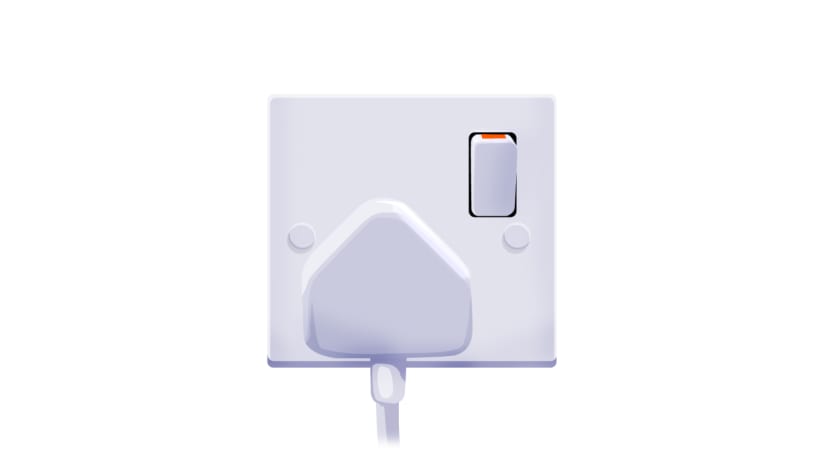
Switch these devices off at the power socket when they are not in use.
According to NEA, you can save around S$22 a year when you switch these appliances off at the power socket. This amount is based on an average energy cost of S$0.26/kWh.
One way to get into the habit of doing so is to connect these devices to a common power strip so that it is easier to turn off all the connected outlets.
4. Re-evaluate your habits in the shower
Our habits in the shower have a direct effect on our electricity bill.
For one, we can cut down on the longer showers. Leaving the water heater switched on for extended periods of time can add to costs.
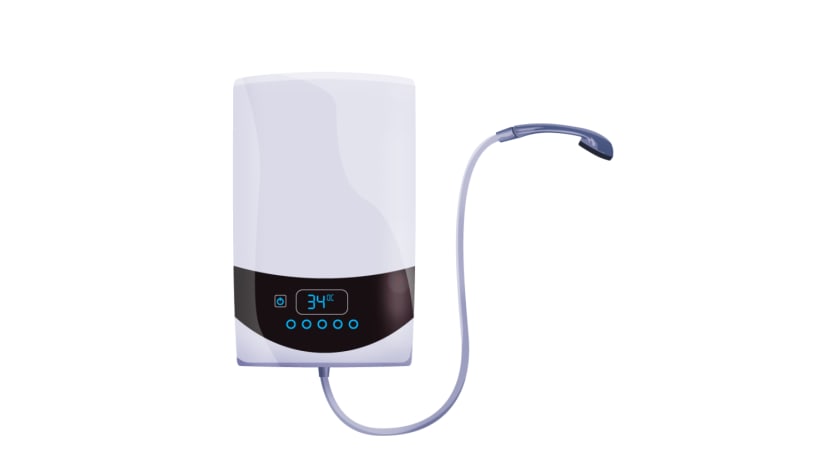
According to Energy Efficient Singapore, leaving a storage water heater switched on for the entire day may cost you an additional S$110 a year. This amount is based on an average energy cost of S$0.27/kWh.
If you use a storage heater, you can switch it on for a shorter period of time before showering. You can also look into installing a timer for your water heater to automatically turn off the power after some time.
When purchasing a water heater, consider a more energy-efficient instant water heater over a storage water heater. An electric heat pump water heater is also an option, and it is the most energy-efficient of the three. Rather than generating heat directly, this heater draws heat from the environment and transfers that heat through a compressor into a water tank.
For those with roof space, a solar thermal water heater is also worth considering.
5. Switch to LED bulbs
Light-emitting diodes (LEDs) are one of the most energy-efficient light bulbs available. This is because LED bulbs generally use the least amount of electricity to achieve the same level of brightness.
While these bulbs are slightly more expensive to purchase than other bulbs, they use about 80 per cent less electricity and can last longer. This means that they are more cost effective.
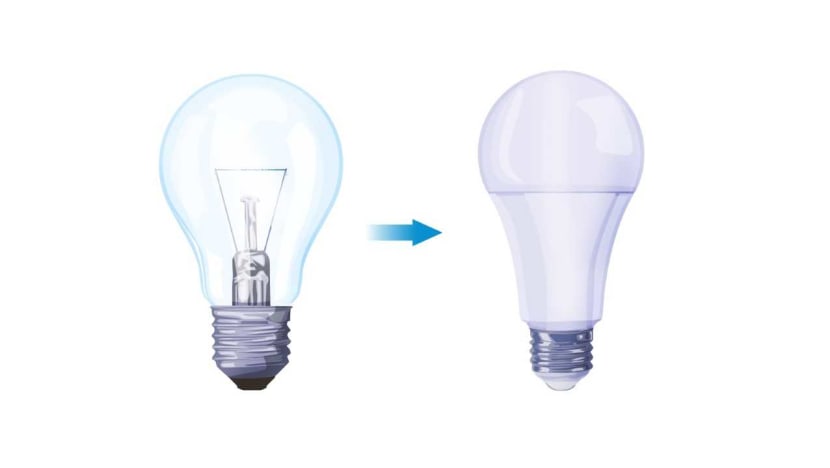
The energy efficiency of LED bulbs is also well established.
In 2018, NEA announced that it is aiming for all light bulbs sold in Singapore to be minimally as energy efficient as LED bulbs from 2023 onwards.















